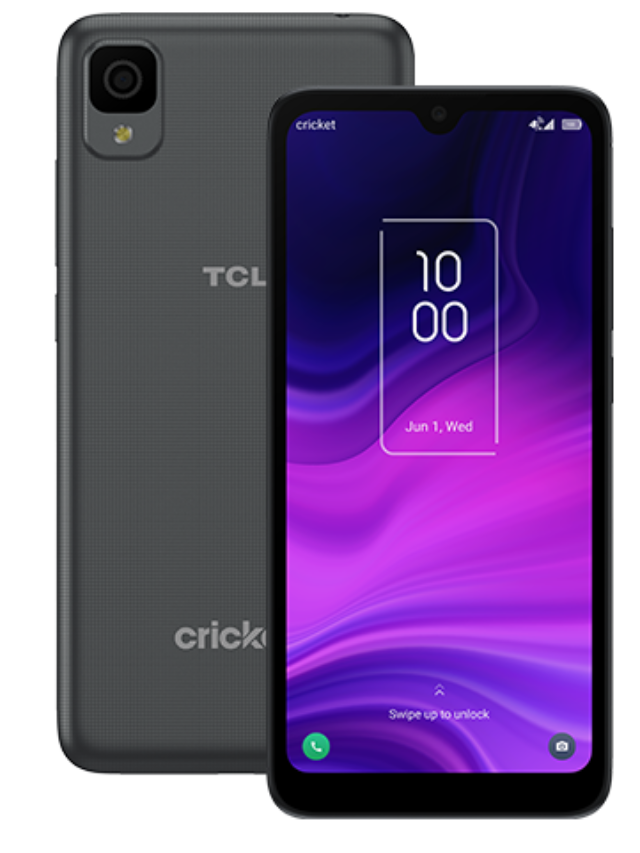In the ever-evolving landscape of PC gaming, one constant remains: the debate surrounding in-game advertising. Valve, the gatekeepers of the massive Steam platform, have repeatedly signaled their acceptance of in-game ads, so long as they adhere to certain “appropriate” guidelines. But this stance begs the question: appropriate to whom? And in a world saturated with marketing, are gamers truly ready to welcome more ads into their immersive digital worlds? This article delves into the complexities of in-game advertising on Steam, exploring the arguments for and against, examining the potential pitfalls, and questioning whether this approach truly serves the gaming community.
The Allure and the Abyss: Exploring the Two Sides
In-game advertising, in its ideal form, can be a subtle and even immersive experience. Imagine a racing game where billboards feature brands relevant to the racing world, or a fantasy RPG where tavern posters advertise fictional beverages. This type of advertising can add a layer of realism and world-building, enhancing the player’s immersion. However, the reality of in-game advertising often falls short of this ideal.
- Potential Benefits:
- Increased Revenue for Developers: For indie developers, in particular, in-game advertising can provide a much-needed revenue stream, allowing them to continue creating games.
- Enhanced Realism (in some cases): As mentioned above, contextually relevant ads can contribute to a game’s atmosphere.
- Potentially Lower Game Prices: In theory, advertising revenue could offset development costs, leading to lower prices for consumers.
- Potential Drawbacks:
- Disrupted Immersion: Nothing breaks the spell of a captivating game quite like a jarring, out-of-place advertisement.
- Pay-to-Win Scenarios: Ads that offer in-game advantages can create an unfair playing field.
- Intrusive and Irritating Ads: Pop-ups, video ads, and other intrusive formats can quickly become annoying.
- Data Privacy Concerns: The tracking of player data for targeted advertising raises privacy issues.
The “Appropriate” Standard: A Subjective Minefield
Valve’s emphasis on “appropriate” advertising raises more questions than it answers. What exactly constitutes “appropriate”? Is it a matter of ad placement? Ad frequency? Ad content? The lack of clear, universally immersive experience leaves developers in a precarious position. What one player considers “appropriate,” another might find intrusive. This subjectivity makes it difficult to establish a standard that satisfies everyone.
The Developer’s Dilemma: Balancing Revenue and Player Satisfaction
Developers face a difficult challenge. They need to generate revenue to support their work, but they also need to maintain the goodwill of their player base. In-game advertising can be a tempting solution, especially for smaller studios with limited resources. However, they must carefully consider the potential impact on player experience. Overly aggressive or poorly implemented ads can lead to negative reviews, decreased player engagement, and ultimately, lower sales.
- Strategies for Developers:
- Contextual Relevance: Ads should be relevant to the game’s world and theme.
- Non-Intrusive Formats: Avoid pop-ups, video ads, and other disruptive formats.
- Transparency and Player Choice: Be upfront about the presence of ads and give players options to manage them.
- Focus on Player Experience: Prioritize gameplay and immersion above advertising revenue.
The Future of In-Game Advertising: A Balancing Act
The future of in-game advertising on Steam, and in the broader gaming industry, hinges on finding a sustainable balance between developer revenue and player satisfaction. Valve’s role in this equation is crucial. While their current stance emphasizes “appropriateness,” they could play a more active role in establishing clear guidelines and providing developers with resources and best practices for implementing in-game advertising responsibly.
Ultimately, the success of in-game advertising depends on mutual respect between developers and players. Developers need to recognize that players’ enjoyment is paramount, while players should understand the financial realities of game development. By working together, we can create a future where in-game advertising enhances, rather than detracts from, the gaming experience.
In-game advertising is not inherently bad. When implemented thoughtfully and responsibly, it can be a viable revenue stream for developers and even contribute to the game’s world. However, the current system, with its vague guidelines and potential for abuse, leaves much to be desired. It’s time for Valve and developers to take a more proactive approach to in-game advertising, prioritizing player experience and establishing clear, enforceable standards. Only then can we ensure that in-game advertising becomes a positive force in the gaming ecosystem, rather than a source of frustration and resentment. The question remains: will the industry rise to this challenge, or will we continue to grapple with the same issues for years to come?



















Add Comment